A whole new world of power awaits
 |
POWER GRID DIGITALISATION AND NEW POSSIBILITIES
Electricity runs the world. Without it, the quality of life would be reduced, the wheels of industry would grind to a halt, and overall development, economic progress, and social evolution would slow down. This mission-criticality of power is the reason why the digitalisation of the power grid is rightly referred to as a revolution – it impacts everyone, from individual families and communities to large companies, nations, and even the cross-border economy.
From plant to plug and across demand applications, the digital transformation heralds multiple benefits for all players in the power ecosystem. In addition to enhanced grid reliability through access to real time information and remote management, utilities stand to increase savings through operational efficiency and earn income through new revenue streams. Digitalisation also transforms the grid from uni-directional to multi-directional, enabling distributed generation and encouraging the integration and consumption of renewable energy. Additionally, across the power value chain, one of the most important developments that digital technology has facilitated is transparency across the value chain, and through this, access to actionable intelligence. More information is now available on assets, behaviour, and demand, and it can be leveraged to create value for everyone.
ENGAGED CONSUMERS AND PROSUMERS APPEAR
Everything behind the electricity meter in an average consumer’s house has so far been mysterious to them. However, the consumer profile is now changing. Many consumers are now ‘prosumers,’ meaning they have invested in solar, wind, and other independent systems and want to sell power back to the grid. There are also large housing complexes that want more control over their power sources to reduce maintenance cost. Consumers are also more knowledgeable and want to be more engaged in the process, rather than simply pay the electricity bill. With the grid getting “smarter,” utilities are now looking to deepen their relationship with customers, and this change is a win-win for both. Through mobile apps, consumers have control and choice over how they consume power and can exert environment-friendly decisions by choosing renewable power. They can also take advantage of lower tariffs by planning activities that consume more power during off-peak hours.
UTILITIES BENEFIT FROM ACTIVE PARTNERSHIP WITH CUSTOMERS
As a result of this transparency, the everyday act of scheduling the home’s washing machine cycle can mean savings for the consumer, but it also allows the utility to shave peak consumption.
Why is a simple action like this important? From a larger perspective of power management, if a utility has to balance the generation and supply of power and achieve cost efficiency, peak shaving is critical. Peak shaving is a technique that is used to reduce electric power consumption during periods of maximum demand on the power utility. One way to do this is to invest in battery energy storage, so that when demand is high, the utility can tap into the stored energy. The other, perhaps more economical, way is to engage consumers in the process instead, so that peak consumption is planned and managed collaboratively. In this new interactive customer dynamic, by playing an active role, consumers can rest assured of uninterrupted power supply and do not have to invest in invertors and UPS systems.
TRANSMISSION ASSETS BECOME ‘SMARTER’ TO OPEN BROADER HORIZONS
On the transmission side, the digitalisation of the power grid will revolutionise operations, improving productivity and efficiency. Transparency here implies the ability to ‘see’ into the grid’s vast field installations and infrastructure from remote locations. Edge devices are currently being deployed across various points in the power grid, and alongside this is the fact that greenfield projects are now choosing digitally-enabled technologies such as digital substations. In a short while, almost all equipment will have some level of intelligence and the ability to communicate and transmit data. This increased transparency on the health of field assets enables utilities to better monitor, control, and maintain their assets and infrastructure. As an example, the latest technology today is providing actionable intelligence to monitor a transformer’s health and optimise its operations.
With power generation sources and recently introduced substations and transmission lines often located in remote areas, it is critical for data on the health of the plant or equipment to be available in real time. This allows remote maintenance in many instances and helps employees, such as linemen and field engineers, work faster and more safely. The wealth of data available offers untold benefits to power utilities that could help manage their assets and create new business models.
Intelligence and meaningful data availability have historically been key factors in bringing about paradigm shifts, and there is vast promise in what digitalisation can bring to the power ecosystem. Relationships will change between everyone in the value chain. A new interactive dynamic will emerge that will redefine the experience of transmitting, distributing, and consuming electricity.
By Venu Nuguri, President, Power Grids Division, South Asia, Middle East, and Africa, ABB
What the stars mean:
★ Poor ★ ★ Promising ★★★ Good ★★★★ Very good ★★★★★ Exceptional
 Tag:
Tag:
Related Contents
Latest News
More News
- PM Pham Minh Chinh meets Ericsson CEO (November 26, 2024 | 08:48)
- How Masan employs dealmaking to build its consumer-retail platform (November 25, 2024 | 16:00)
- Kim Oanh Group: reaching out internationally (November 25, 2024 | 15:35)
- Takeda’s partnerships to deliver innovative medicine and vaccines (November 25, 2024 | 14:00)
- New SABECO R&D brewery to foster employee creativity (November 25, 2024 | 13:00)
- Operators embark on 5G services (November 25, 2024 | 12:00)
- Automating ports with 5G (November 25, 2024 | 10:41)
- Transforming accountancy with sustainability and ESG leadership (November 23, 2024 | 09:00)
- Vietnamese agricultural goods make Chinese e-commerce debut (November 22, 2024 | 20:04)
- Vietnam National Assembly adopts amended Law on Pharmacy (November 22, 2024 | 19:09)





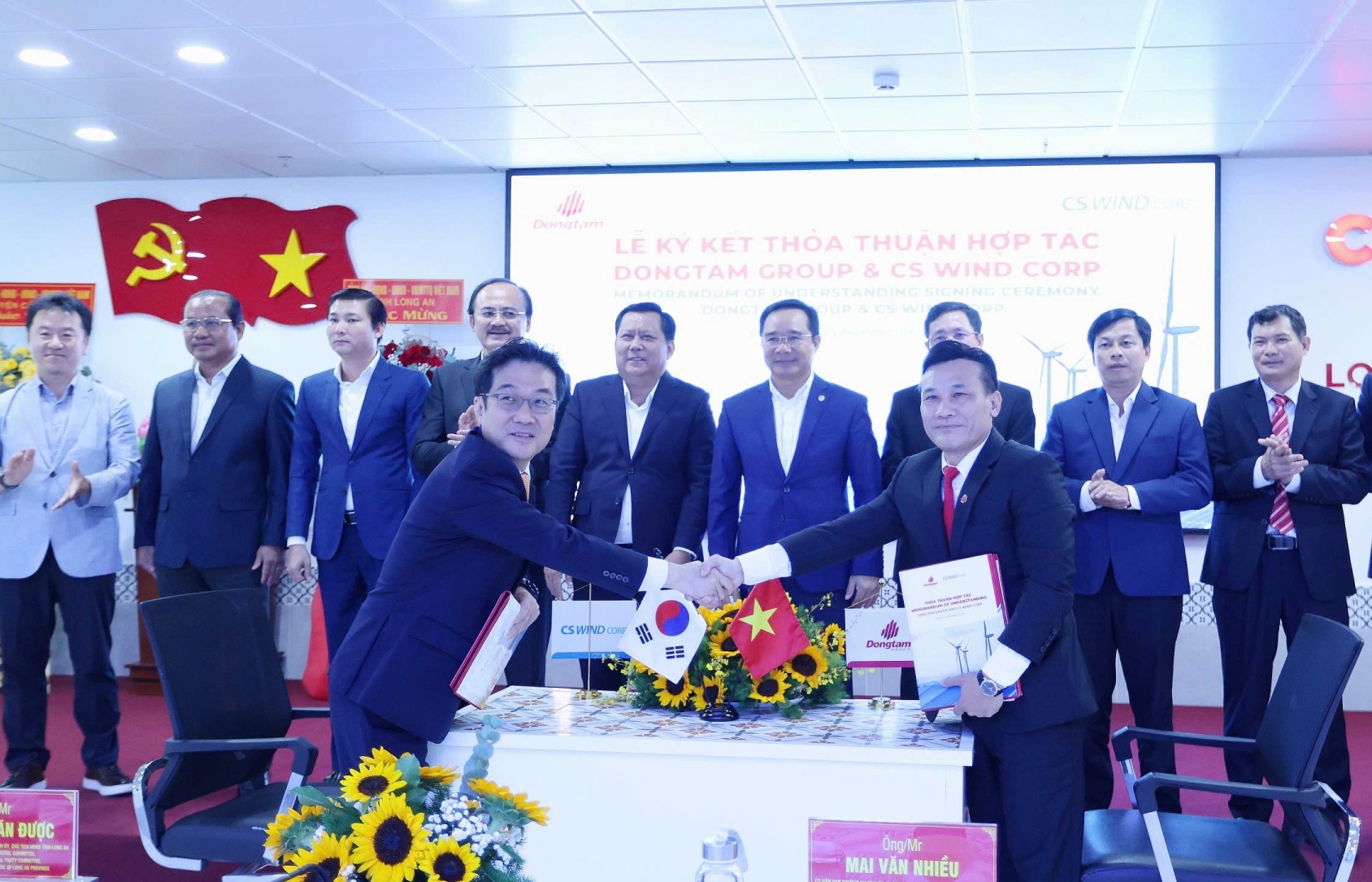
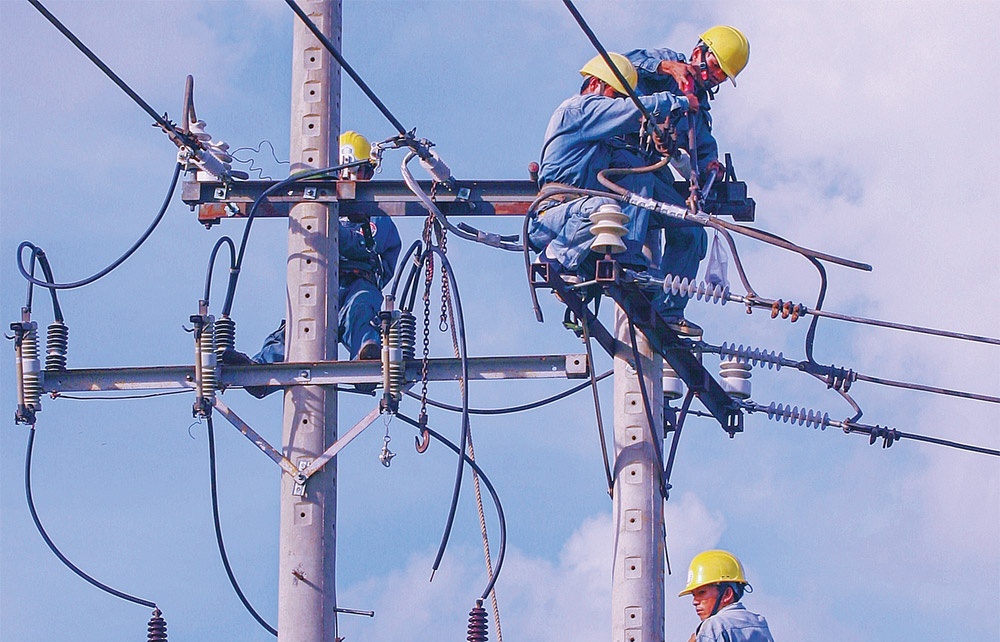

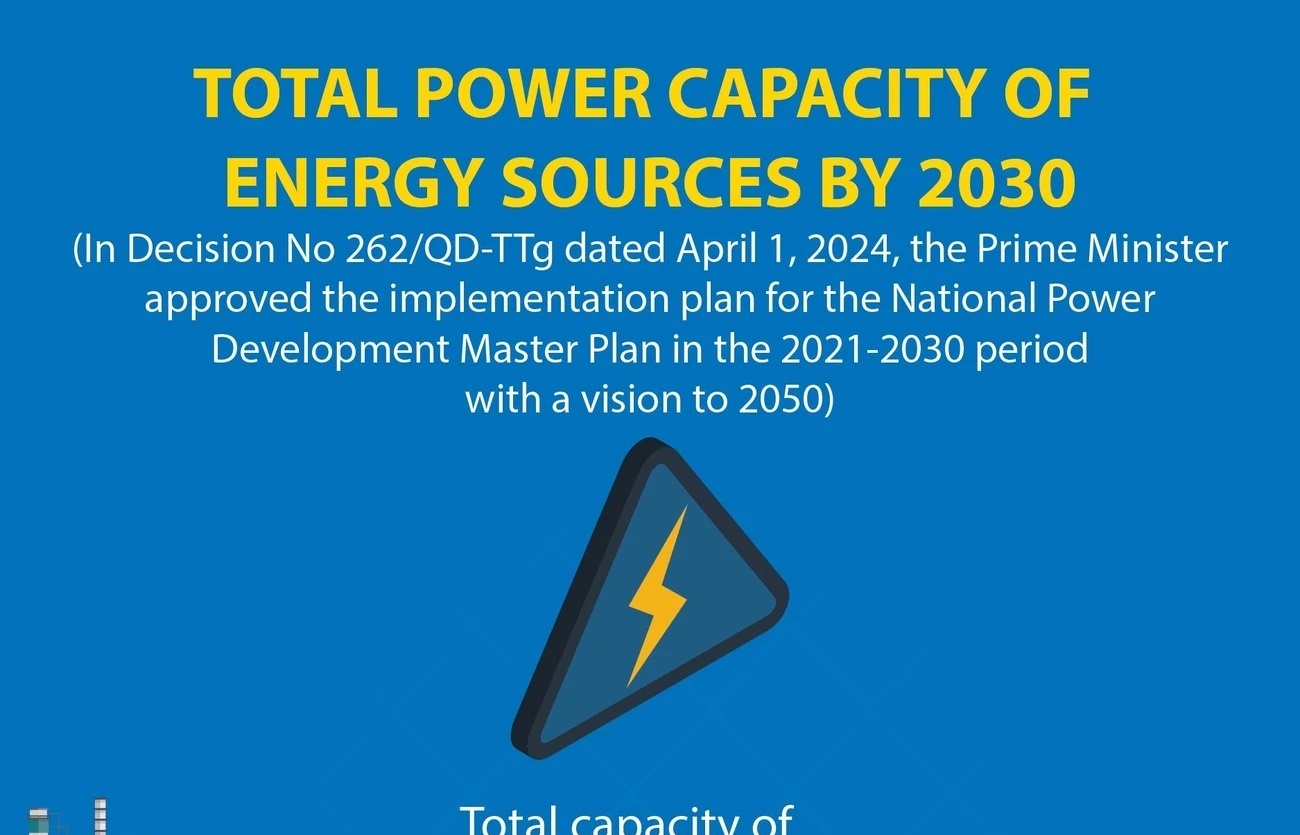




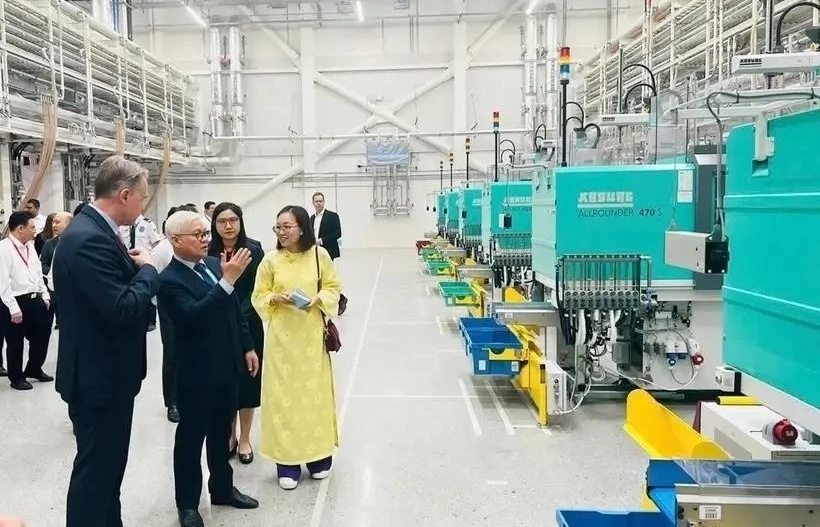

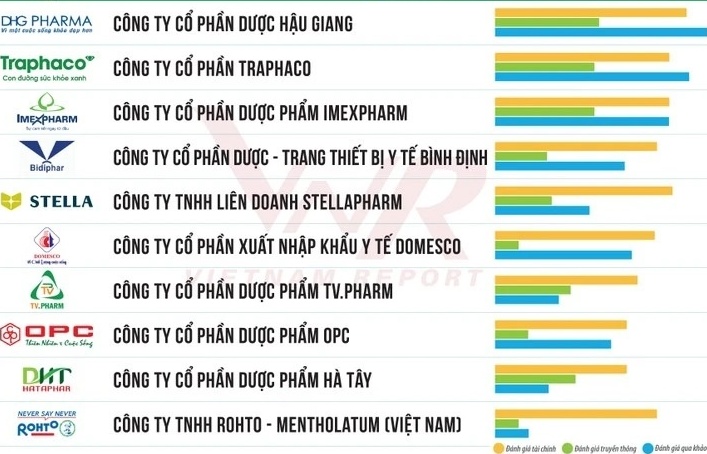









 Mobile Version
Mobile Version